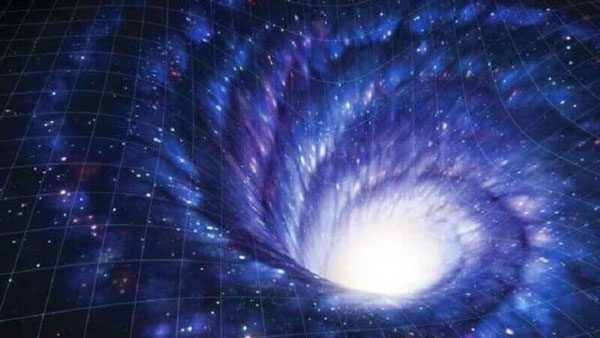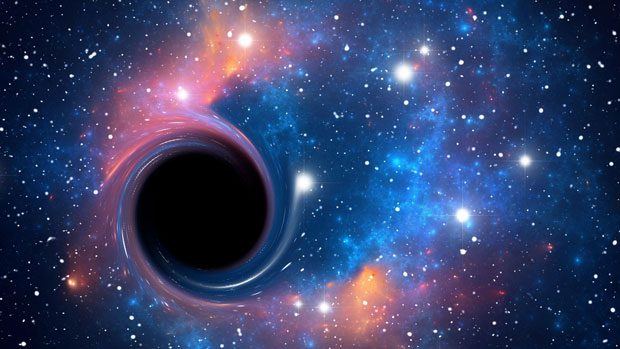Recently, experts have discovered what is referred to as the ‘missing link’ in the study of the universe.

A breakthrough in black hole research has been made (Image: GETTY)
The discovery was made within a star cluster in the Andromeda Galaxy, known as M31. Experts studied changes in light to identify a massive region of spacetime with a mass nearly 100,000 times that of the Sun. This change is also similar to the “intermediate mass” of black holes – both are elusive and have been a major focus for astronomers seeking answers to the universe’s biggest questions.
A team of astronomers, led by Renuka Pechetti from Liverpool John Moores University, stated: “In this paper, we use high-resolution mass models and dynamics to present an intermediate mass black hole (IMBH) with a significance greater than 3-sigma.”
Their work has been published on arXiv and has been accepted for publication by the American Astronomical Society (AAS).

Most black holes can be classified into two mass ranges. (Image: GETTY)
Black holes are formed when massive stars collapse at the end of their life cycles and can continue to grow by absorbing and merging with other stars. This interaction has been observed for decades, and scientists use it to identify the presence of black holes, as the radiation emitted appears as visible light in space.
Most black holes can be classified into two mass ranges. There are stellar black holes, which are about 100 times the mass of the Sun; in addition, there are supermassive black holes with masses a million times that of the Sun.
In between is an intermediate range, and discovering them could provide the “missing link” in understanding the secrets of the universe; however, they are extremely rare. So far, the number of IMBHs discovered remains very low. Without finding more intermediate mass black holes, scientists will struggle to address the question of how two vastly different mass regimes can coexist. A robust population of black holes in the intermediate mass range could help us understand how black holes develop.
This is why a star cluster in the Andromeda Galaxy, known as B023-G078, has attracted significant interest from scientists. B023-G078 is the largest star cluster in the galaxy, a gravitationally bound globular cluster with a mass of 6.2 million times that of the Sun.
According to models, this star cluster formed when one galaxy replaced another. Astronomers studied the metallicity of the star cluster, based on the signatures in the light it emits, and determined that it is approximately 10.5 billion years old. They then examined how stars move around the center of the cluster, allowing them to calculate the mass of the black hole within.
The result returned was about 91,000 solar masses, accounting for roughly 1.5% of the cluster’s mass. Experts added: “We believe in the presence of a single IMBH because other signs indicate that B023-G078 is a detached core, as well as the clear density of dark matter. Higher spatial resolution data will help improve current limitations and will be a top priority in the upcoming era of astronomy.”





















































